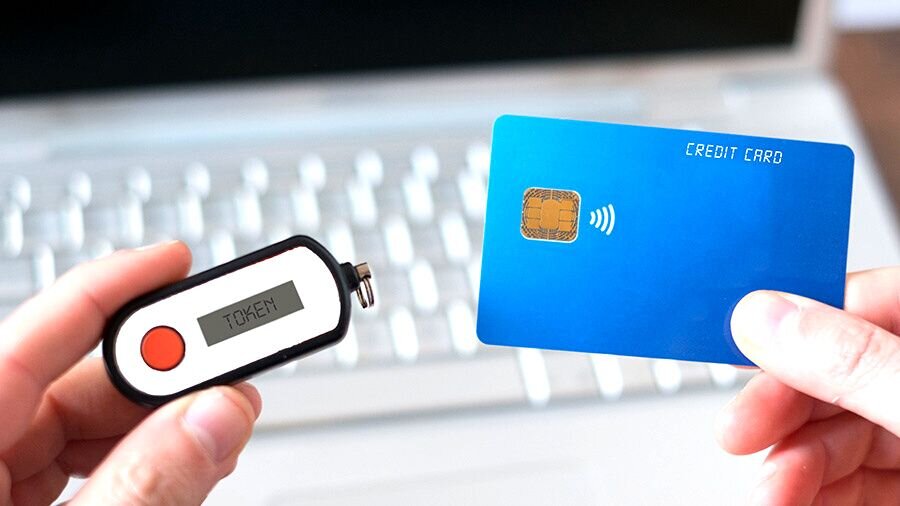
Tokenization Of Debit & Credit Cards: RBI Rolls Out New Rules
India’s central bank, the Reserve Bank of India (RBI), has put out a directive that by the 30th of September this year, all debit and credit card information used for digital, in-app, and Point Of Sale (POS) transactions must be interchanged with tokens.
The guidelines for using debit and credit cards to carry out digital payment transactions will change on the 1st of October. The target date had been postponed by about 3 months, beginning in July.
The Reserve Bank of India (RBI) defines tokenization as the process of replacing actual debit and credit card information with a different code known as the “Token”. The additional security provided by tokenization for users of credit and debit cards is anticipated to improve Users’ Experience (UX) with online transactions. Since the actual card data is not handed out to the merchant or dealer when completing the online transaction, tokenized card transactions are considered much more secure.
Many organizations, including retailers, save card data, such as card numbers, expiration dates, and more, to make future payment transactions more convenient and comfortable for cardholders. Although this method is convenient, it also raises fears of theft and abuse of card information.
Also Read,
Best Practices For Communicating With Investors For Startups
Procedure To Tokenize For Credit And Debit Card Holders:
- Purchasing items on an e-commerce website.
- Choose the desired card type as the method of payment.
- Enter all the necessary information.
- Create a token and keep it following the RBI criteria; click on the website option that reads “Secure Your Card As Per RBI Guidelines”.
- One Time Password will be sent (OTP).
- On the bank page, enter the OTP, and the card information will be sent for the creation of tokens and transaction authorization.
- The Token will be delivered to the merchant, who will store it instead of the cardholder’s personal information.
- The last 4 numbers of the stored card will be seen when the customer returns to the same e-commerce website. This demonstrates the tokenization of debit or credit cards.
- Customers have the option of allowing their cards to be tokenized or not. The ones who don’t want to generate a token can carry on with their transaction as usual by manually entering their card information.
Also Read,
Harvard VPAL Is Offering Fintech Online Short Program





